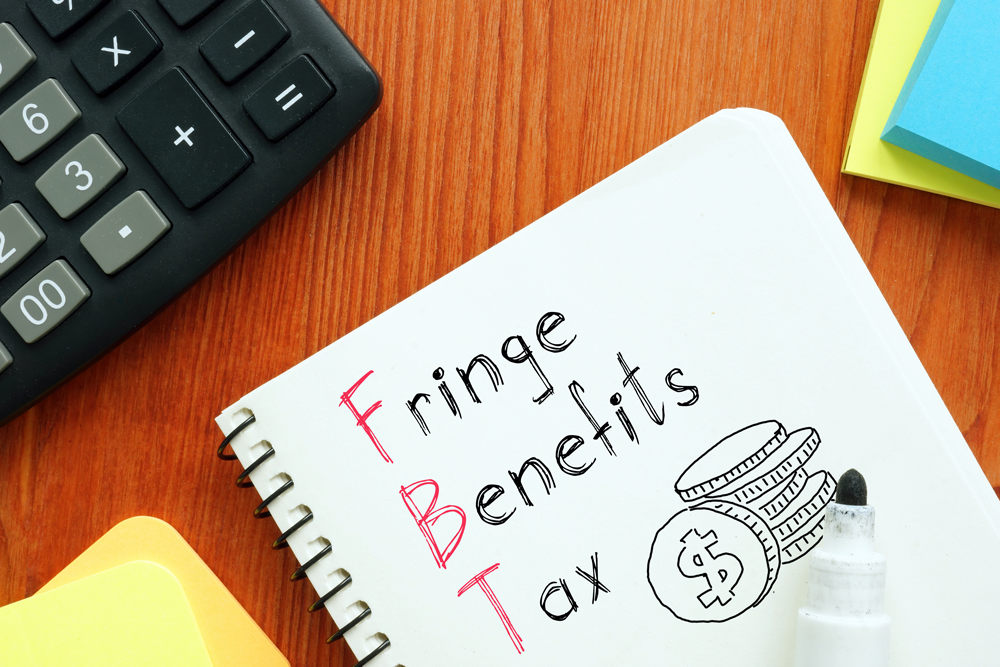The first allotment of JobKeeper ended on 27 September 2020. We look at the issues for those seeking to qualify for the second allotment of
JobKeeper and for those no longer eligible.
If your business is no longer eligible for JobKeeper payments, there are a few things you need to do:
- Advise your employees and business participant. For anyone receiving JobKeeper payments from your business, you should advise them in writing that the business is no longer eligible, JobKeeper payments ceased on 27 September 2020, and their pay will revert to the conditions that apply under their employment agreement. This is particularly important for those who have been receiving top-up payment.
- Ensure payroll adjusts – Double check your payroll to ensure that top-up JobKeeper payments have been removed from 28 September 2020 onwards.
Make sure you keep all of your records relating to JobKeeper including your calculations and rationale for the decline in turnover test,
your employee JobKeeper nomination forms, and any other records for at least five years.
Is my business eligible for JobKeeper payments from 28 September?
Existing JobKeeper participants need to pass the extended decline in turnover test to continue to receive JobKeeper payments on behalf of
employees.
This extended test looks at your actual GST turnover for the September 2020 quarter (for JobKeeper payments between 28 September to 3
January 2021- Extension 1), and again for the December 2020 quarter (for payments between 4 January 2021 to 28 March 2021- Extension 2).
To pass the extended decline in turnover test, your business will need to show an actual decline in turnover between the September 2020
quarter (July, August, September 2020), and the same period in 2019 by 30% (15% for ACNC registered charities and 50% for large businesses).
Identifying the JobKeeper payment rates
If your business is eligible for JobKeeper from 28 September 2020, you will need to identify all of your eligible employees and the
JobKeeper payment rate applicable to them.
From 28 September 2020, the JobKeeper payment rate will reduce and split into a higher and lower rate based on the number of hours
the employee worked
in a specific 28 day period prior to 1 March 2020 or 1 July 2020.
For eligible employees who have been employed since 1 March 2020, employers need to choose the reference period that provides the best
outcome for the employees. For many employers, this will be the pre COVID-19, 1 March 2020 reference date. For eligible employees employed
after 1 March 2020, use the pay periods prior to 1 July 2020.
If the pay cycle is longer than 28 days, a pro-rata calculation needs to be completed to determine the average hours worked and on paid
leave across an equivalent 28 day period. For example, if the relevant monthly pay cycle has 31 days, you take the total hours for the month
and multiply this by 28/31.
JobKeeper Extension 1 applicable rates are $1200 per fortnight from 28 September 2020 for employees or business participants who worked 80
hours or more in the four weeks of pay periods before either 1 March 2020 or 1 July 2020 (becomes $1000 per fortnight from 4 January 2021
for Extension 2), or $750 per fortnight for other eligible employees or business participants (becomes $650 per fortnight from 4 January
2021 for Extension 2).
For answers to the following commonly asked questions Click
here:
- What’s the 10% decline in turnover test?
- My business has not received JobKeeper previously. Can we get it now?
- My business can’t pass the decline in turnover test because we were impacted by a natural disaster/drought in 2019
- My business fails the test because its turnover is ‘lumpy’
- My business is a new business without a 2019 comparison period. Can it receive JobKeeper payments?
- What happens if a business restructure (or sale or acquisition) impacts on your numbers?
- What happens if fast pre COVID-19 growth makes the comparison period unrealistic?
- I am a sole trader (or partnership) impacted by illness, injury or leave
- Does the business need to re-enrol?
- What happens if the employee’s hours were different to normal in the reference period?
- What happens if the employee’s salary is not linked to hours?
- What about directors and partners in a partnership?
- My employer is no longer eligible for JobKeeper. Can I receive JobKeeper from another employer?
We at MGR are here to provide you with professional advice and assistance relating to all COVID-19 economic measures and stimulus
support. Our expert team of accountants can help guide you through this process so you are confident you are doing everything right for your
business and employees.
Call us today on (03) 5443 8888 or email us at mgr@mgr.com.au



.png.png)


